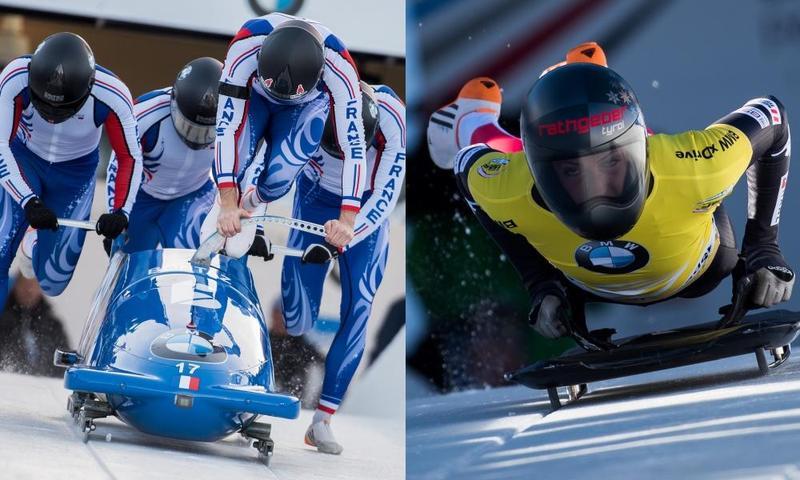10 THINGS YOU NEED TO KNOW ABOUT BOBSLED AND SKELETON
10 THINGS YOU NEED TO KNOW ABOUT BOBSLED AND SKELETON
You may recall a portion of the new outcomes from the Olympic Games in the games of toboggan and skeleton. You may realize that the USBSF is the National Governing Body for coasters and skeletons in the United States. Be that as it may, do you know the beginning of “toboggan?” Are you mindful of the components of a coaster/skeleton sled? Discover these answers and a lot more by looking at our rundown of ten things you may not think about toboggan and skeleton.
10 – Two-man sleds gauge at least 384 lbs for men and 284 lbs for ladies. A four-man sled is at least 462 lbs. A four-man sled with its team weighs up to 1,389 lbs!
9 – A skeleton sled loads somewhere in the range of 75-100 lbs.
8 – The components of a sled for the two-man and two-lady: 8.85 feet (2.70 meters) long and 26 inches (67 cm) tall, and the four-man: 12.22 feet (3.80 meters) long and 26 inches (67 cm) tall.
7 – The elements of a skeleton sled are 79 to 119 centimeters (31 to 47 inches) long, and 46 centimeters (18 inches) wide.
6 – A coaster and a skeleton sled can arrive at velocities of in excess of 80 mph as they plunge down a cold track.
5 – The name sled came from the term utilized when competitors endeavored to acquire speed on their sled. The competitors were said to “weave” to and fro.
4 – In 1882, the game of skeleton was imagined by English fighters. The officers planned and constructed a bent sled track in Switzerland, which they would slide down on a metal sled.
3 – The primary Olympic coaster rivalry occurred at the 1924 Chamonix Winter Olympic Games. Group Switzerland asserted the gold award, holding off Great Britain and Belgium, who got done with the silver and bronze. The four-man rivalry has been remembered for each Olympic rivalry, other than the 1960 Squaw Valley Games. The two-man occasion was presented at the 1932 Lake Placid Winter Olympic Games, with siblings Hubert and Curtis Stevens of Team USA winning the gold. Americans John Heaton and Robert Minton arrived at the platform, completing in the third spot. The ladies’ opposition joined the show at the 2002 Salt Lake City Games. Jill Bakken and Vonetta Flowers won the primary gold decoration before a favorable to an American group.
2 – The men’s skeleton rivalry was first included at the 1928 St. Moritz Games. American siblings Jennison and John Heaton guaranteed the best positions on the platform, with Great Britain’s David Carnegie getting done with the bronze. In contrast to the sled occasions, men’s skeleton has been barred from the Olympic Games on a few events (1932-1936 and 1952-1998.) It wasn’t until the 2002 Salt Lake City Games that the ladies’ occasion was added to the program. Group USA’s Tristan Gale Geisler and Lea Ann Parsley won gold and silver, with Alex Coomber of Great Britain balancing the medalists.
1 – The Federation Internationale de Bobsleigh et de Tobogganing (FIBT) fills in as the worldwide administering body, supervising the games of coaster and skeleton. The FIBT was established in 1923, with contributions from delegates from Great Britain, France, Switzerland, Canada, and the United States. The association has its base camp in Lausanne, Switzerland.
Be the first to post a message!
